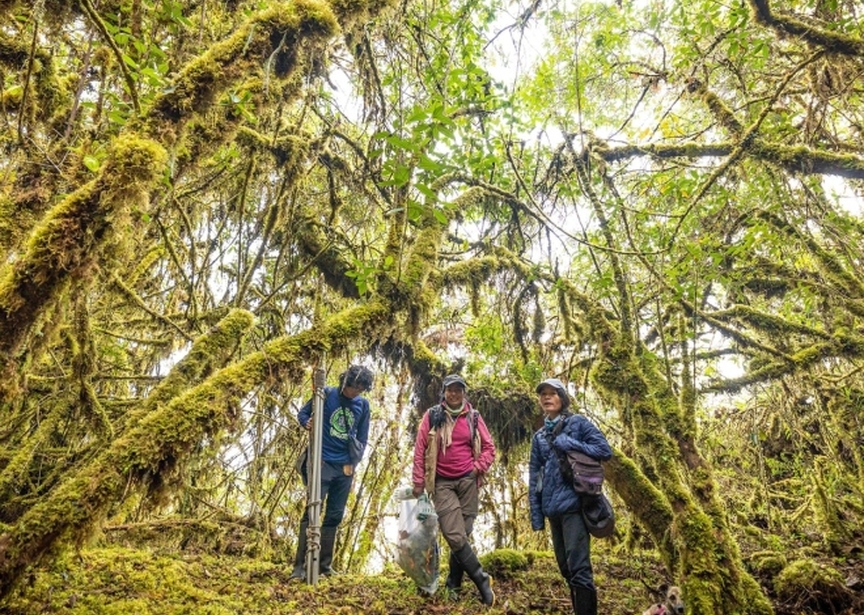
The Amazon, often referred to as the lungs of our planet, is more than just a sprawling rainforest. It is a living, breathing entity, a labyrinth of rivers, lakes, and wetlands that weave through South America like the veins of a colossal organism. This green ocean, teeming with life, holds secrets that have eluded even the most intrepid explorers and scientists. Yet, as climate change and human activity threaten its delicate balance, understanding the Amazon has never been more urgent.
In a bold move to unravel the mysteries of the Amazon, a groundbreaking expedition was launched, uniting scientists, explorers, and local communities. This two-year mission, a collaboration between Rolex and National Geographic, aimed to delve deep into the Amazon's aquatic heart, a network of waterways that sustains its unparalleled biodiversity. The expedition sought to answer a pressing question: how are climate change, deforestation, and pollution affecting this vital ecosystem?
The expedition was divided into seven distinct projects, each focusing on a different aspect of the Amazon's complex ecosystems. From the icy peaks of the Andes to the steamy rainforests, the team embarked on a journey of discovery:
The expedition's findings underscore the Amazon's role as a global carbon sink and climate regulator. Its protection is not just an environmental necessity but a moral imperative. By highlighting the importance of the Amazon's waterways, the expedition has rewritten the narrative of this vast rainforest, revealing it as a complex aquatic web vital to the health of our planet.
The collaboration between Rolex and National Geographic has set a new standard for addressing environmental challenges. Through cutting-edge science, grassroots action, and global storytelling, they have demonstrated that meaningful change is possible. The expedition may have concluded, but its legacy is just beginning. The Amazon remains a place of fascination and mystery, but thanks to this mission, humanity is one step closer to understanding its crucial role in sustaining life on Earth.



















